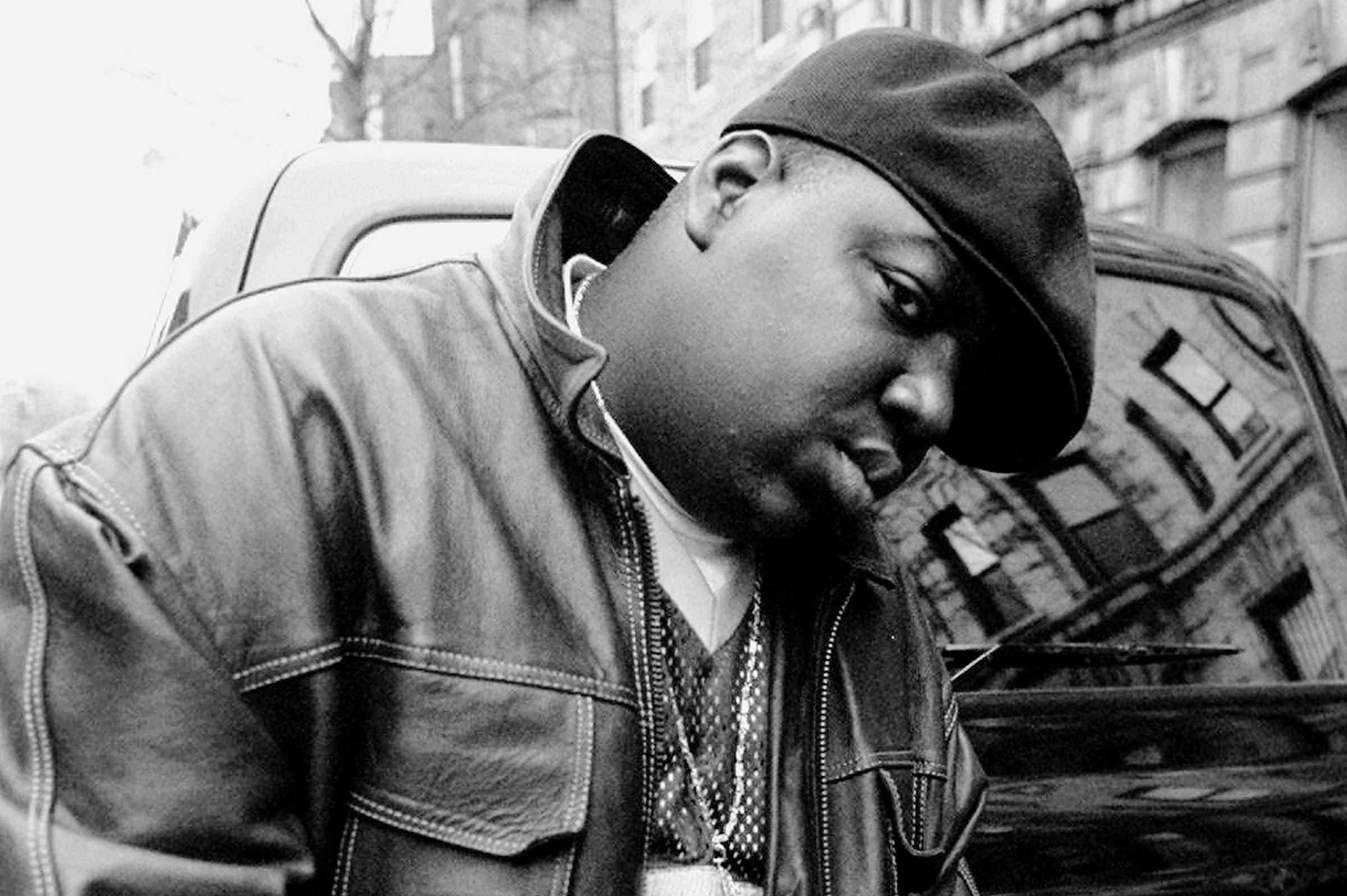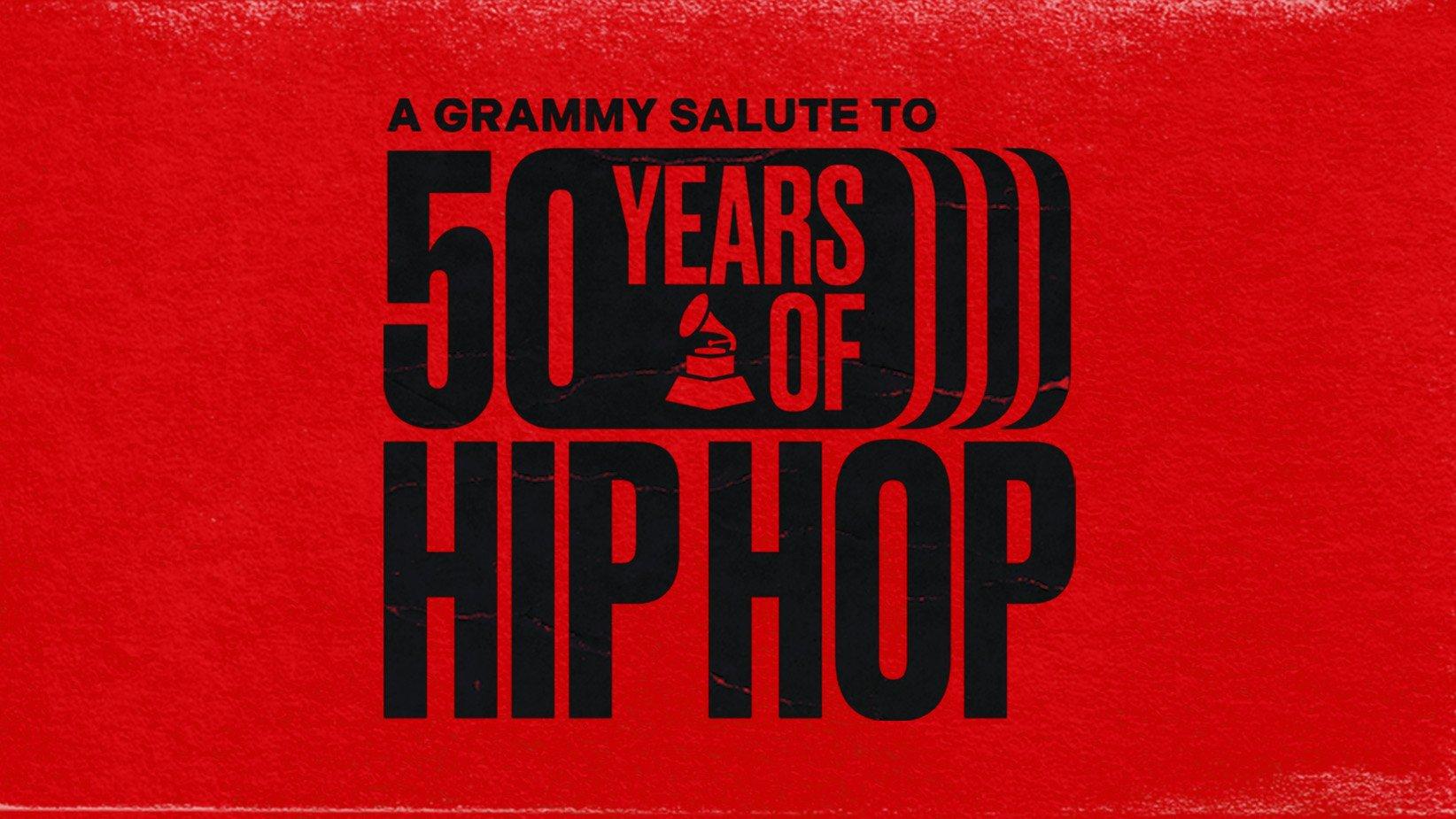In the canon of West Coast hip-hop, Warren G’s debut album, Regulate: The G-Funk Era is considered one of the greatest.
Released on June 7, 1994, the album remains a perfect snapshot of the g-funk era, the popular subgenre of gangsta rap that was all the rage in the early- to mid '90s. "I created the genre, but I was introduced to it by Above the Law," Warren G tells GRAMMY.com.
Headlining that album is of course, Warren G and Nate Dogg’s iconic track "Regulate," tapping that four-bar sample from Doobie Brother Michael McDonald’s "I Keep on Forgettin’." But the album features a number of other hits including "This D.J." and "So Many Ways," a remix version later appearing on the Bad Boys soundtrack.
"Regulate" the single first arrived on the star-studded soundtrack for Above the Rim, released via Death Row Records in the spring of 1994, and sold over 2 million domestic copies in the year of its release. Then a few months later, Warren reintroduced "Regulate" on his inaugural album. The 12-track Regulate: The G-Funk Era provided a full vision of The Regulator's uber smooth brand of g-funk which rang out from the 213 all around the world.
Thanks to pioneers like Above the Law, Dr. Dre, DJ Quik, and Warren G, g-funk (or gangsta funk) became the definitive sound of West Coast hip-hop. Regulate: The G-Funk Era was so impactful that it was even nominated for Best Rap Performance By A Duo Or Group at the 1995 GRAMMYs.
Like Dre's The Chronic, many continue to be drawn to Regulate’s depiction of Southern California life, replete with endless sunshine and maxed-out cars blasting pioneer speakers. Regulate is also the story of Warren G, a personal album which gives love to the community and people he came up with ("I played ball through the halls of CIS / With Snoop Dogg's big brother, call him Dirty Left," he raps on "This D.J.", referencing College Intermediate School in Long Beach ).
With Regulate, self-described "outlaw" Warren G made a platform for himself and some of his disciples. Album features the Twinz, an LBC duo consisting of twin brothers Deon and Dewayne Williams, and the Dove Shack, whose summer anthem "This is the Shack" (later reprised on the group’s own album with the same title a year later), took the West Coast hip-hop world by storm. Though the great crooner Nate Dogg died more than a decade ago, 213, the Long Beach collective of Warren G, Snoop Dogg and Nate Dogg lives on. Warren and Snoop just released the single "Cali 2 Canada," in advance of an upcoming tour.
Regulate was Warren G's first release after effectively being exiled from Death Row Records, where his halfbrother and mentor Dr. Dre, not to mention Long Beach pals Snoop Dogg and Nate Dogg thrived. Warren signed with Def Jam Records in 1994, and his debut release helped save the label from serious debt: Regulate: The G-Funk Era sold 3 million copies in the U.S. and debuted at No. 2 on the U.S. Billboard Top 200 albums chart.
As we look back on 30 years since Regulate the G-Funk Era, GRAMMY.com connected with Warren G himself to look back on five ways the album paved the way for west coast hip-hop today.
It Solidified Long Beach As A Hip-Hop Mecca
Warren G isn’t the first Long Beach rapper who made waves during this era. There’s Snoop, of course, as well as Missouri-born, Long-Beach raised Domino. But Regulate: The G-Funk Era feels like a whole album about place, giving love to the LBC on every track with people and places like 21 and Lewis, King’s Park, the Voltron Crew, and Cal State Long Beach as Warren shouts them out on tracks like "Regulate" and "This D.J."
Warren acknowledges that there were the realities of the streets, but also plenty of fun to be had growing up, too, including listening to old records for hours together with his father. "Coming up in Long Beach was fun. We had a lot of sports. Lot of neighborhood activities as far as King’s Park," Warren G tells GRAMMY.com. "It was fun. It was dangerous. It was cool. It was my home."
Voltron Crew is Warren’s group of friends he used to sell candy with while having rap battles. Warren impressed the crew by rapping the lyrics to some of Dre's yet-to-be-released material, including "Cabbage Patch." "'Damn Warren, you’re harder than a motherf—a,'" he recalled his friends saying with a laugh.
And then there’s Warren’s beloved VIP Records on Pacific Coast Highway which Warren calls an LBC "landmark." He and his friends would walk down there after school to listen to music as one DJ after another queued up inside of the institution to spin. "It was just fun for us to be able to see that and listen to good music at the same time," Warren adds.
It Made Nate Dogg A Star
The late great Nate Dogg was already on the rise on the West Coast with early vocals on Dre’s "Deeez Nuuuts," Mista Grimm ft. Warren G’s "Indo Smoke," and Snoop’s "Ain’t No Fun." But the titular track "Regulate" made him soar. While Nate is given a featured credit, he’s lockstep with Warren during the entire song, matching Warren’s lyricism with his own hybrid style of singing and rapping that had never been seen in hip-hop before and hasn’t been seen since.
Back in those days, hip-hop often didn’t really promote its hookmen and women — much less feature them prominently in their music videos. (Consider Nate’s Bay Area contemporary Mike Marshall, who sings the hook on Luniz’s classic "I Got 5 On It," but unfortunately isn’t remembered beyond West Coast hip-hop diehards.) But Nate made himself seen and heard on "Regulate."
It’s no coincidence he went on to become the go-to hook singer in California and beyond, working with everyone from Tupac and Ludacris, to French hip-hop group Psy 4 de la Rime. Nate Dogg passed away in 2011 at age 41.
It Presented A Different Version Of West Coast Gangsta Rap
When compared to some of his contemporaries, Regulate: The G-Funk Era focused less on hardcore themes in favor of keeping things light and smooth. Even "Regulate" itself — which is about Nate and Warren dealing with a carjacking on a cool and clear California night — the Mississippi-born crooner who grew up in a Gospel choir always had a way of keeping things mellow.
Regulate: The G-Funk Era also speaks to the turbulent climate of ‘90s inner-city Los Angeles. While Dre’s The Chronic might be more overt about it, Warren goes there too on songs like on the album’s third single, "Do You See," whose beat mashes up Mtume’s "Juicy Fruit" and Junior’s "Mama Used to Say." Much of that song, Warren G says, is personal.
"I just talked about everything I was going through, ya know, Snoop being in jail," he recounts. "Mista Grimm is my dog. But he was doing things that just wasn’t cool…But I forgave him for all of that still. Even though I talked about it in the song. I forgave him 'cause that was my dog. He’s still my dog."
"Do You See" speaks about realities beyond the LBC, too. It opens with a sample from Gil Scott-Heron’s 1976 fiery spoken word piece "Bicentennial Blues": "The blues has always been totally American… as American as apple pie… the question is why?...Well, America provided the atmosphere."
"I had listened to that particular [song] and everything he said was what I was going through. It blew me away," Warren says.
It Introduced Us The Dove Shack, Twinz & Jah Skillz
After not being able to get footing in Death Row, Warren G struck out on his own. He built his own roster of lesser-known talent on G-Funk Music, under the parent label Def Jam Recordings, and brought in Dove Shack (C-Knight, Bo-Roc and 2Scoops), the Twinz, and Jah Skillz, part of the larger female group Da 5 Footaz —who all got the G-Child cosign. Each artist debuted on Regulate: The g-funk Era, with summertime anthem "This is The Shack," an album standout.
Many of Warren G's guest features went on to have their own careers. Dove Shack member C-Knight recently passed away and Bo-Roc, a crooner in his own right, went on to work with other West Coast legends like Richie Rich, Daz Dillinger, and Foesum. Twinz, meanwhile, turned bass-heavy feature "Recognize" into the full-fledged Conversation in 1995, a g-funk album that gave us one of Warren G’s greatest beats, "Journey Wit Me," featuring Bo-Roc.
As for Jah Skillz, she’s front and center for the entirety of "Super Soul Sis," and wastes not a single word. Da 5 Footaz went on to appear on the Jason’s Lyric and Set It Off soundtracks.
It Gave G-funk Its Timeless Credo
A few people are credited for launching g-funk, but Warren G’s timeless credo: "g-funk, where rhythm is life and life is rhythm," in the waning moments of "Regulate" and "And Ya Don’t Stop" remains a classic to this day.
On his 1997 sophomore album Take a Look Over Your Shoulder and 1999's I Want It All, Warren G always shouted out gangsta funk. He also stayed true to the sound that spread west coast hip-hop worldwide: By 2001, a couple of years after the g-funk era fully ended, Warren defiantly proclaimed that "g-funk is Here to Stay" on Return of the Regulator.
In 2015, he even put out an EP, Regulate... G-Funk Era, Part II, featuring unreleased music with his longtime partner Nate. From 1994 through 2024, Warren has consistently carried the flag of g-funk, the original west coast sound that he helped cement with Regulate The g-funk Era, 30 years ago.
A Guide To Southern California Hip-Hop: Definitive Releases, Artists & Subgenres From L.A. & Beyond






